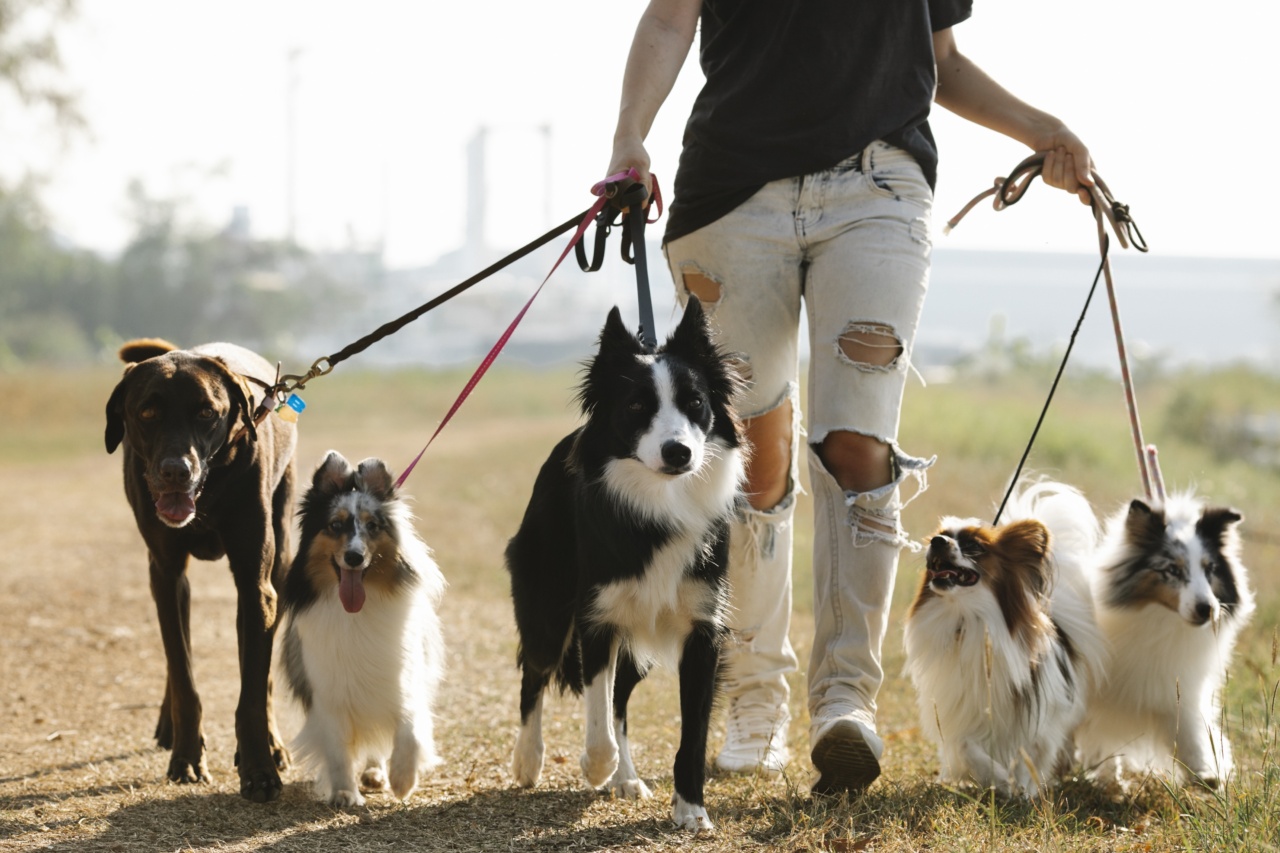Dogs have been known as man’s best friend for a long time now. They are loyal and intelligent companions that bring joy to our lives. They are also capable of learning many things that can improve their quality of life.
Whether it’s basic obedience training, tricks, or specialized tasks, unlocking a dog’s potential can be a rewarding experience for both the dog and the owner. In this article, we will explore the path to learning for dogs, and how owners can help their pets reach their full potential.
Understanding Your Dog’s Learning Process
Before we dive into the methods of unlocking your dog’s potential, it’s important to understand their learning process. Dogs learn through three main stages:.
1. The Acquisition Stage
This is the first stage where the dog is introduced to a new task or behavior. The dog will experiment with different actions and behaviors to see what works and what doesn’t.
At this stage, it’s important to use positive reinforcement to encourage the dog to continue trying and experimenting.
2. The Fluency Stage
Once the dog has learned a new behavior, it will continue to practice and refine it until it becomes fluent. Dogs at this stage need consistent reinforcement and practice to maintain the new behavior.
It’s important to remain patient and encouraging during this stage, as it can take some time for a behavior to become fluent.
3. The Generalization Stage
Finally, the dog will begin to generalize the behavior to different situations and contexts. It’s important to expose the dog to different environments and situations, so they can learn to generalize their behavior.
This stage requires ongoing training and practice to ensure the dog can perform the behavior in a variety of contexts.
Unlocking Your Dog’s Potential
Now that we understand the learning process for dogs, it’s time to explore the methods of unlocking your dog’s potential. Here are some tips to help your furry friend reach their full potential:.
1. Positive Reinforcement
Positive reinforcement is the most effective way to train dogs. Simply put, it’s about rewarding the dog for good behavior. Rewards can come in many forms, such as treats, toys, or praise.
The key is to find what motivates your dog and use it to encourage good behavior. Positive reinforcement creates a happy and rewarding experience for both the dog and the owner.
2. Consistency
Consistency is key when it comes to training your dog. Dogs thrive on routine and structure, so it’s important to establish consistent training sessions and routines. Make sure everyone in the household is on the same page when it comes to training.
This will help eliminate confusion for the dog and promote a positive learning environment.
3. Patience
Training your dog can take time and patience. Dogs don’t always learn at the same pace, so it’s important to remain patient and understanding.
If your dog is struggling with a new behavior, take a step back and break the behavior down into smaller parts. This can help the dog understand the behavior better and make the training process less frustrating for both you and your pet.
4. Variety
It’s important to expose your dog to a variety of experiences and environments. This helps the dog generalize their behavior and learn to adapt to different situations.
Introduce your dog to different people, animals, and environments to promote well-rounded behavior.
5. Professional Training
If you’re struggling to train your dog or want to teach them specialized behaviors, consider professional training. Trainers can provide specialized training that is tailored to your pet’s individual needs.
This can be particularly helpful for dogs that require specialized skills, such as service dogs or police dogs.
Conclusion
Unlocking a dog’s potential requires patience, consistency, and plenty of positive reinforcement. By following these tips and understanding your dog’s learning process, you can help your furry friend reach their full potential.
Remember, training is an ongoing process that requires time and dedication, but the payoff is well worth it.


























